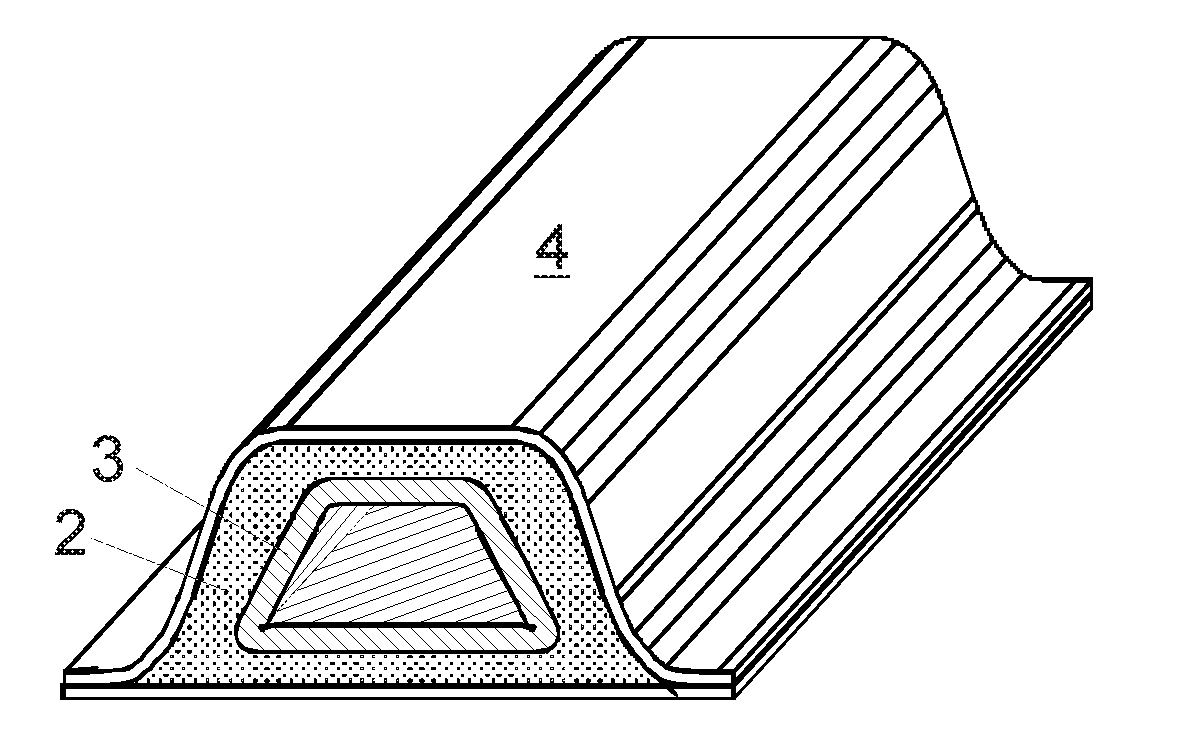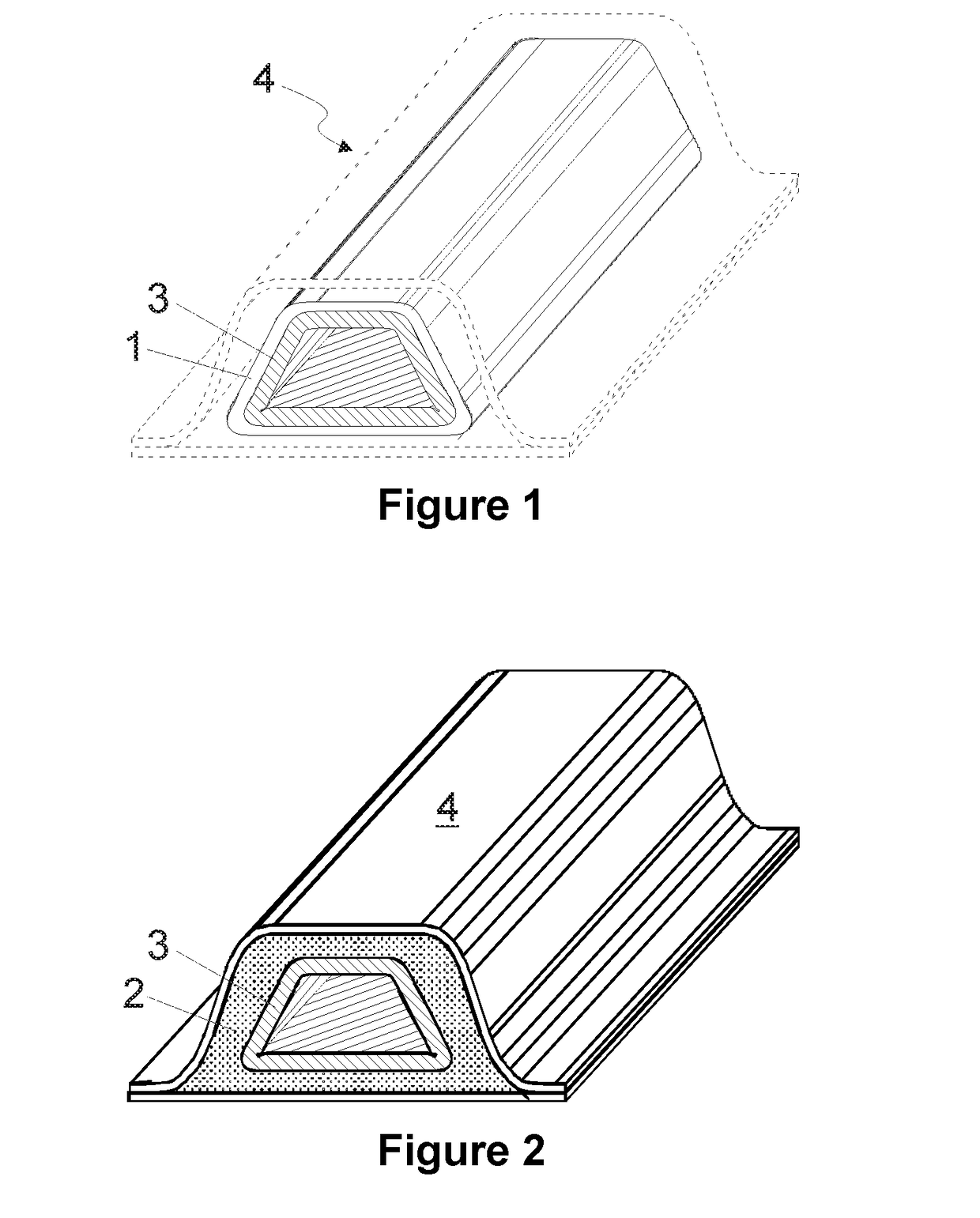Polyester prepolymers as impact modifiers in epoxy formulations
- Summary
- Abstract
- Description
- Claims
- Application Information
AI Technical Summary
Benefits of technology
Problems solved by technology
Method used
Image
Examples
examples
[0176]Abbreviations
[0177]MW average molecular weight
[0178]m.p. melting point
[0179]OHN OH number
[0180]AN acid number
[0181]BPA bisphenol A
[0182]EEW epoxide equivalent weight
[0183]All quantity figures relate to parts by weight unless otherwise stated.
[0184]Products / compounds used in the examples were as follows
PTHF 650Polyether, Polytetrahydrofuran, Mw: 625-675 g / molBASFDynacoll ®7330Semicrystalline polyester polyol, MW: 3500,Evonikm.p. 85° C., OHN: 27-34 mgKOH / g, AN: IndustriesDynacoll ®7331Semicrystalline polyester polyol, MW: 3500,Evonikm.p. 110° C., OHN: 27-34 mgKOH / g,IndustriesAN: Dynacoll ®7490Polyester polyolEvonikIndustriesDynacoll ®7340Semicrystalline polyester polyol, MW: 3500,Evonikm.p. 96° C., OHN: 27-34 mgKOH / g, AN: IndustriesEP431.01Polyester polyol, m.p. 110° C., OHN: 30 mgKOH / g,AN: 0.3 mgKOH / g (experimental product)EP431.02Polyester polyol, m.p. 116° C., OHN: 28 mgKOH / g,AN: 0.9 mgKOH / g (experimental product)IPDIIsophorone diisocyanateHypro X13HYPRO ® CTBN 1300X13, liqui...
PUM
| Property | Measurement | Unit |
|---|---|---|
| Molar mass | aaaaa | aaaaa |
| Molecular weight | aaaaa | aaaaa |
| Foam | aaaaa | aaaaa |
Abstract
Description
Claims
Application Information
 Login to View More
Login to View More - R&D
- Intellectual Property
- Life Sciences
- Materials
- Tech Scout
- Unparalleled Data Quality
- Higher Quality Content
- 60% Fewer Hallucinations
Browse by: Latest US Patents, China's latest patents, Technical Efficacy Thesaurus, Application Domain, Technology Topic, Popular Technical Reports.
© 2025 PatSnap. All rights reserved.Legal|Privacy policy|Modern Slavery Act Transparency Statement|Sitemap|About US| Contact US: help@patsnap.com



